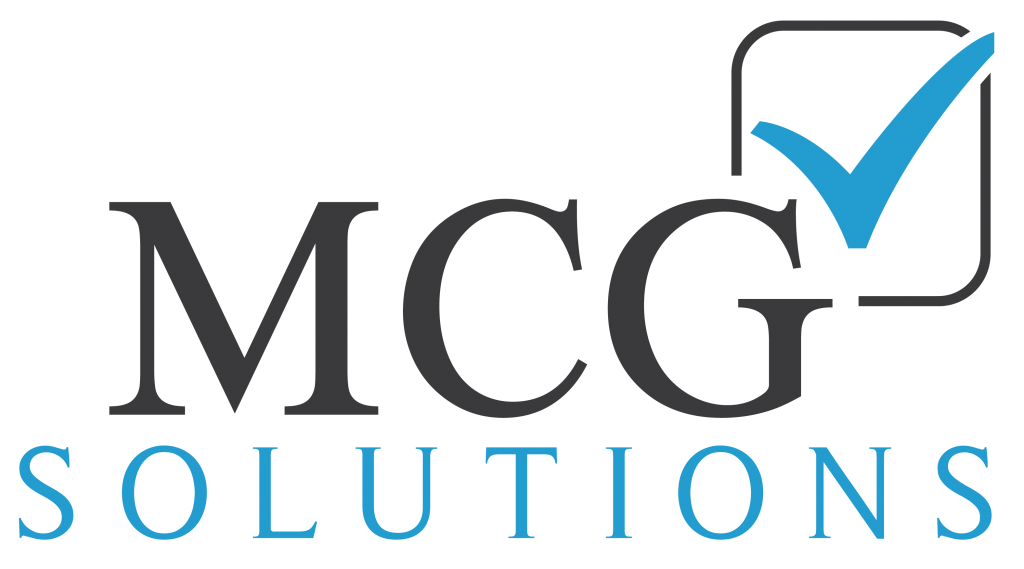The Tax Cuts and Jobs Act, passed and signed into law in December 2017, is the largest piece of tax reform in more than three decades. Tax year 2018 is the first year to be affected by it, which means people and businesses filing their taxes this year will be seeing a lot of changes.
Here’s just a sampling of what you need to know about these overhauls.
- Changed brackets: There are still seven tax brackets, but some of the rates have been lowered. The new brackets (with the old in parentheses) are 10 (10), 12 (15), 22 (25), 24 (28), 32 (33), 35 (35) and 37 (39.6) percent. The income thresholds at which these brackets kick in have also changed, with the largest change being that the top bracket no longer applies until married filers earn more than $600,000, versus $470,700 in previous years.
- Standard deduction: The standard deduction has nearly doubled, from $6,350 to $12,000 for single filers and from $12,700 to $24,000 for married couples filing jointly. Due to these changes, significantly fewer people will itemize.
- Child tax credit: The child tax credit has been doubled from $1,000 per child to $2,000, and the amount refundable has grown from $1,100 to $1,400. The income threshold at which these benefits phase out has grown from $110,000 for married couples to $400,000.
- Dependent exemptions: The new law eliminated the personal and dependent exemptions that had previously existed. Those exemptions were $4,150 in 2018.
- State and local taxes: The new law puts caps on how much state and local property, income and sales tax can be deducted. That limit is now $10,000. These taxes had previously been completely tax deductible.
- Mortgages: The bill limits the amount of mortgage debt on new home purchases on which interest can be deducted. That limit is now set at $750,000.
- Healthcare: There is no longer any tax penalty for not having health insurance. The floor above which out-of-pocket medical expenses can be deducted decreases from 10 percent to 7.5 percent.
- Contractors and small businesses: The biggest change for business taxes is that the top corporate tax rate is reduced to 21 percent. There is also a new 20 percent deduction for income that comes from some types of pass-through entities.
- Other deductions: Many deductions people previously would have taken on their individual taxes have been changed or eliminated. Consult a tax prep professional for a full list of these changes.
Again, this is just a brief overview of the many changes to the tax code that could affect you this year. For more information about what to expect, contact us at MCG Solutions.

